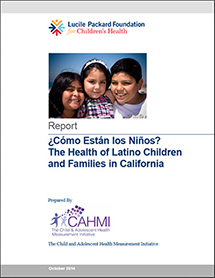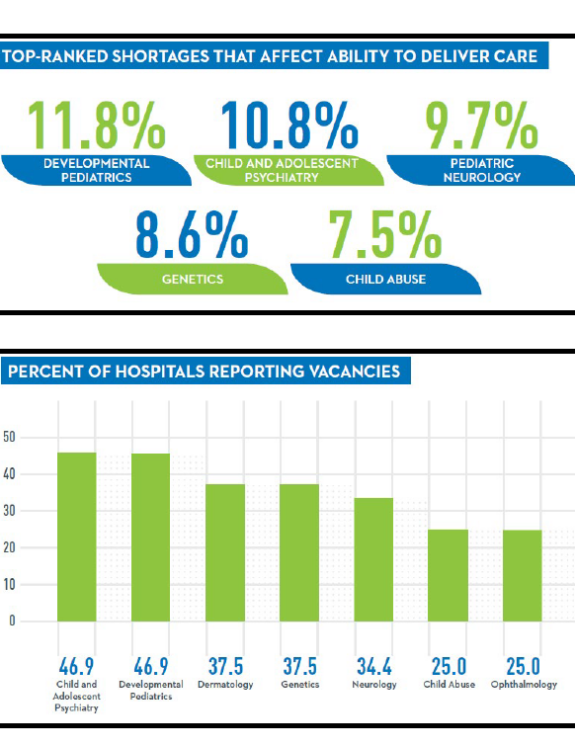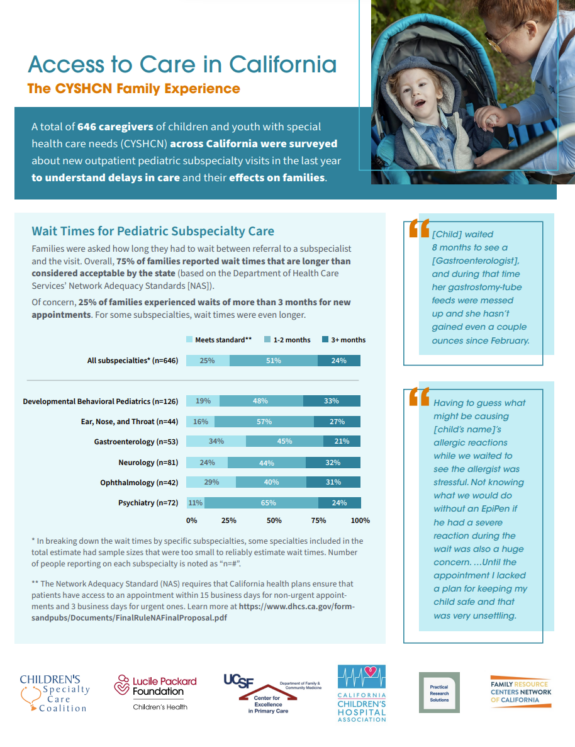A comprehensive new study of California’s Latino children paints a complex picture of their health and well-being—and finds striking differences within a 4.7 million-strong population that comprises more than half of all the children in the state.
More than 94% of these children were born in the United States. And while many Latino children live in poverty, are uninsured and have higher rates of obesity than their white counterparts, Latino children have comparable access to preventive health care and most of their parents report them as being in “good” or “excellent” health.
However, the researchers also found that children living in “linguistically isolated” families, where Spanish is primarily spoken, face far greater challenges in health access and educational achievement compared to children in families where both English and Spanish are spoken. The research was conducted by the Child and Adolescent Health Measurement Initiative under the direction of Christina Bethell.
Press Release
Press Release (Spanish)



